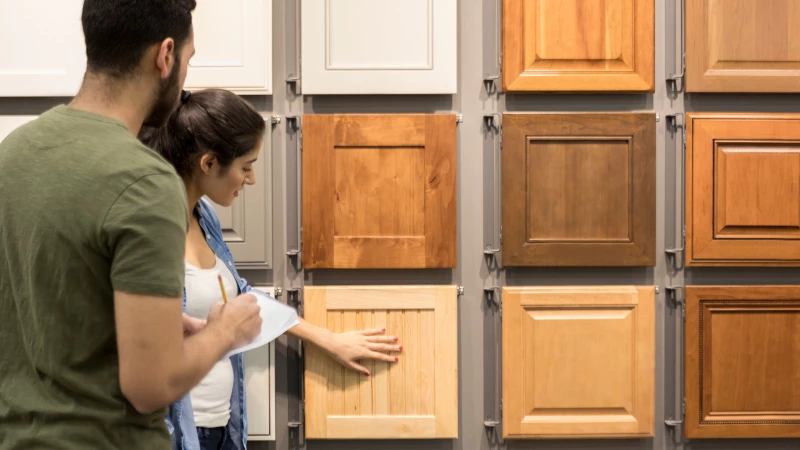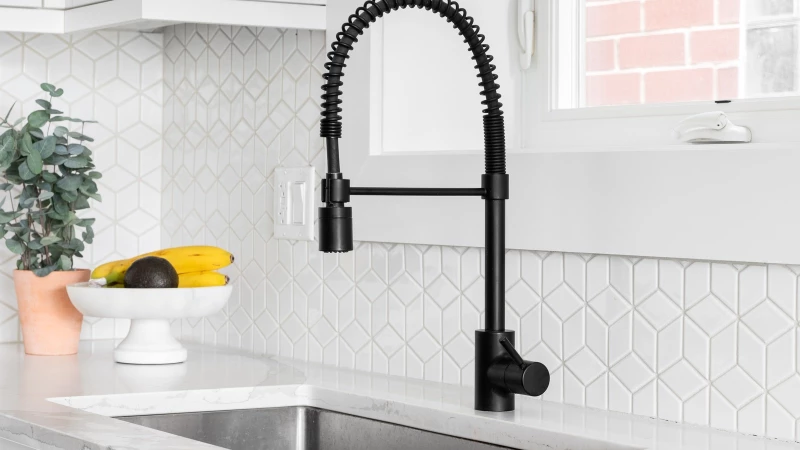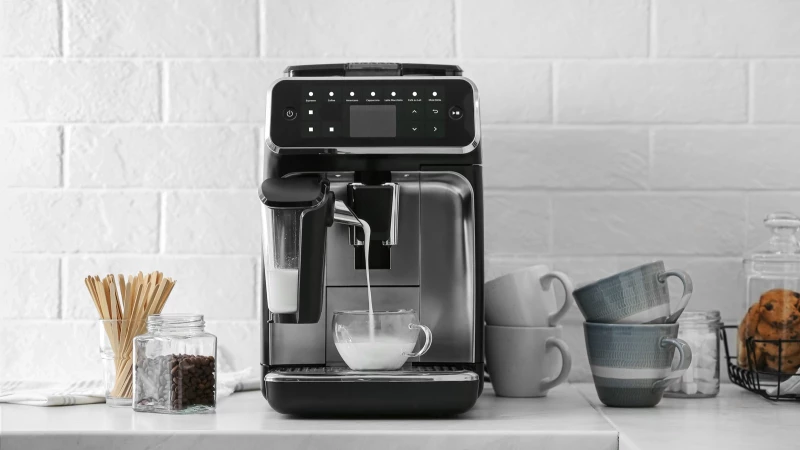If you are in the process of selecting kitchen cabinets, it's essential to look beyond just the color. The quality of the cabinets, known as the cabinet grade, plays a crucial role in the decision-making process. Cabinet grades are typically categorized into four groups, ranging from ready-to-assemble cabinets at the lowest end to custom-made cabinets at the highest. Stock and semi-custom options fall in between, offering various styles and materials to choose from.
While budget is a significant factor in choosing the right cabinet grade, there are other considerations to keep in mind. Real estate developer and general contractor, Jason Pietruszka, shared exclusive insights with House Digest on how to determine the ideal cabinet grade for your kitchen.
Grasping the Different Cabinet Grades
When it comes to cabinets, there are four main grades, each with significant differences. According to Jason Pietruszka, quality is the key factor in determining the grade of a cabinet. He explained, "There is a lot that goes into building cabinets. Most people think, ok, boxes and doors... how complicated can it be... well, quality is what judges the grade of the cabinet." Low-grade cabinets are constructed with cheap materials like particle board or thin plywood, while high-end cabinets are made from the same wood species and sturdy materials at least ¾-inch thick. There is a range of grades between these two extremes.
While opting for the lowest grade cabinets can be budget-friendly and suitable for DIY projects, they may lack durability and affect the resale value of your home. On the other hand, choosing the highest grade cabinets may not always be the best decision due to the associated higher costs.
In the quest for a harmonious balance between cost-effective choices and high-quality materials, Pietruszka advises focusing more on the provider and installer rather than fixating solely on the product itself. "I always advise my clients that if they want to save money without compromising on quality, they should place their trust in the provider/installer rather than solely relying on the product," he explained. "All these products are designed to meet certain standards, but the real challenge often lies in the installation process. Doors don't just come off their hinges for no reason. It's either a case of improper installation or the client might have inadvertently exerted excessive force on the door." Whether you opt for a budget-friendly approach or decide to indulge a bit more on your cabinets, it's crucial to have a clear understanding of the quality level you are investing in and ensure that they are installed correctly.







